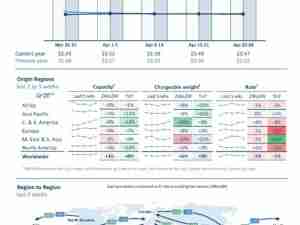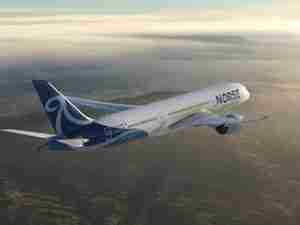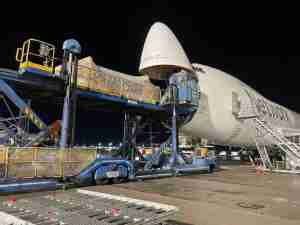Six microsatellites developed by Space Flight Laboratory (SFL) were successfully launched by the SpaceX Transporter-5 rideshare mission on May 25. The three GHGSat greenhouse gas monitoring and three HawkEye 360 radio frequency (RF) geolocation microsatellites bring to 36 the total number of SFL-built satellites placed into orbit since 2020.
“SFL congratulates GHGSat and HawkEye 360 for their continued success and leadership in commercial space-based applications of microsatellites,” said SFL Director Dr. Robert E. Zee.
The recently launched GHGSat-C3, C4, and C5 satellites – named Luca, Penny, and Diako – join three others already in orbit and also built by SFL for GHGSat Inc. of Montreal. Using attitude control technology developed by SFL for precise pointing of sensors aboard low-inertia platforms in orbit, the GHGSat constellation detects and measures greenhouse gas emissions from sources on the Earth’s surface.
SFL has now developed 15 microsatellites for HawkEye 360 of Herndon, Va. This constellation detects and geolocates RF signals for maritime situational awareness, emergency response, national security, and spectrum analysis applications. SFL was selected for these missions due to the importance of formation flying by multiple satellites for successful RF geolocation.

Other missions developed by SFL in the past two years include 16 communications CubeSats and three microsatellites designed for Earth observation, maritime tracking, and atmospheric monitoring.
SFL is a unique microspace provider that offers a complete suite of nano-, micro- and small satellites – including high-performance, low-cost CubeSats – that satisfy the needs of a broad range of mission types from 3 to 500 kilograms. Dating from 1998, SFL’s heritage includes 61 operational successes and 31 currently under construction or awaiting launch. In its 24-year history, SFL has developed CubeSats, nanosatellites, and microsatellites that have achieved more than 191 cumulative years of operation in orbit.








